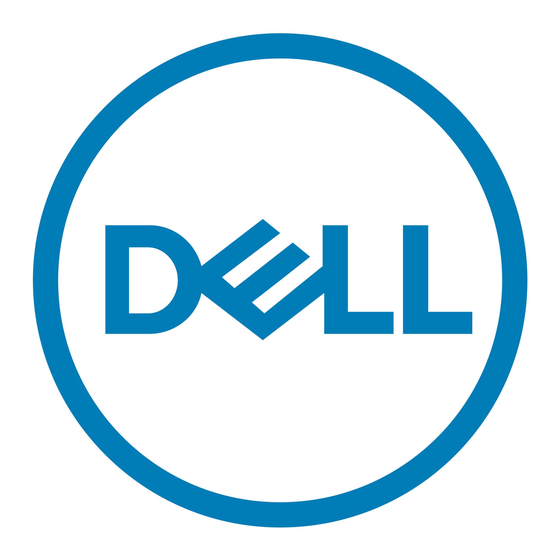Dell PowerEdge M710 Podręcznik techniczny - Strona 20
Przeglądaj online lub pobierz pdf Podręcznik techniczny dla Przełącznik Dell PowerEdge M710. Dell PowerEdge M710 31 stron. Dell poweredge blade servers getting started guide
Również dla Dell PowerEdge M710: Aktualizacja informacji (38 strony), Aktualizacja instrukcji (44 strony), Aktualizacja instrukcji (21 strony), Aktualizacja instrukcji (14 strony), Instrukcja instalacji (7 strony), Aktualizacja instrukcji (1 strony), Podręcznik dla początkujących (12 strony), Podręcznik dla początkujących (12 strony), Podręcznik portfolio (27 strony), Podręcznik dla początkujących (14 strony), Podręcznik dla początkujących (12 strony)

